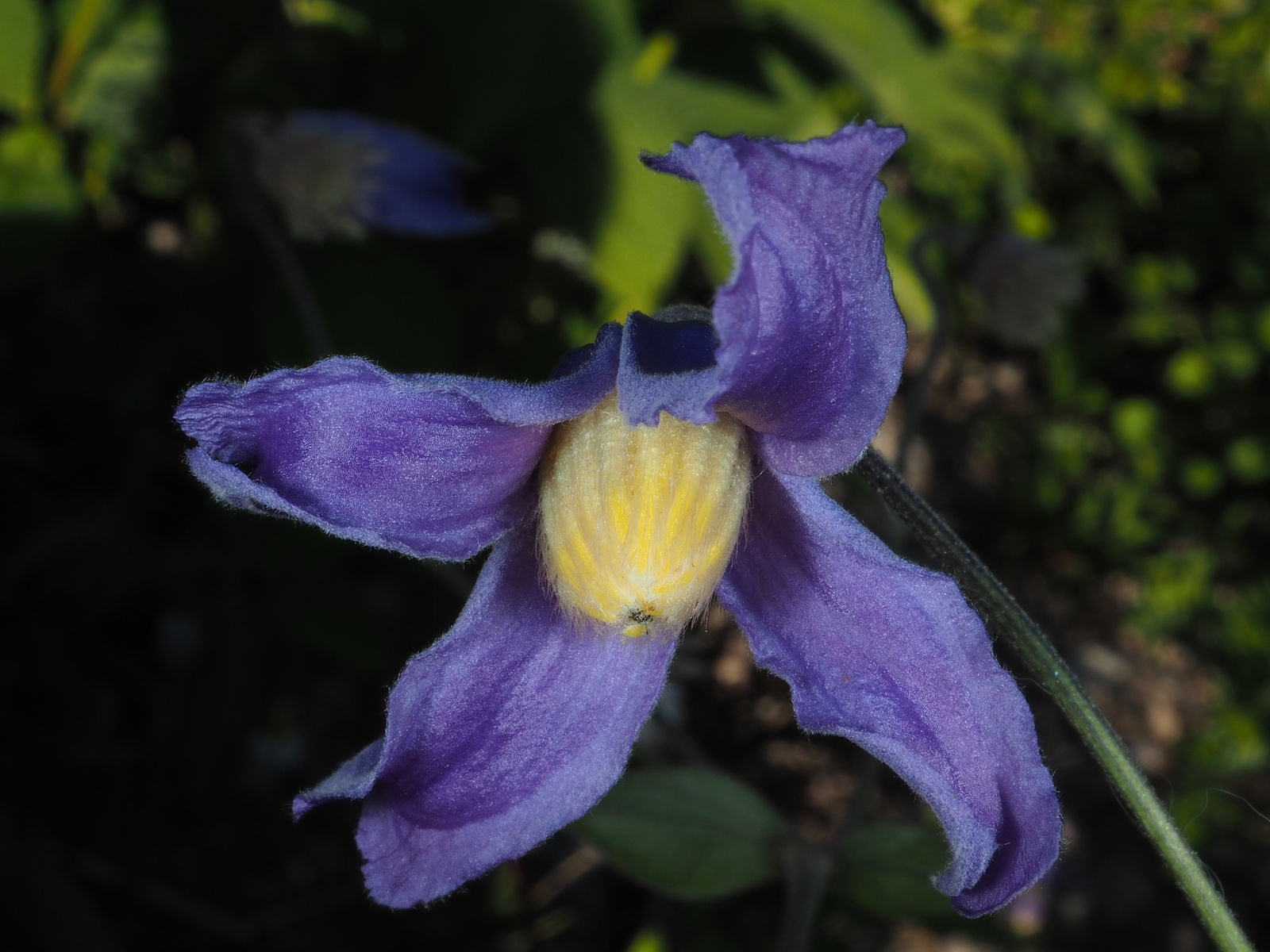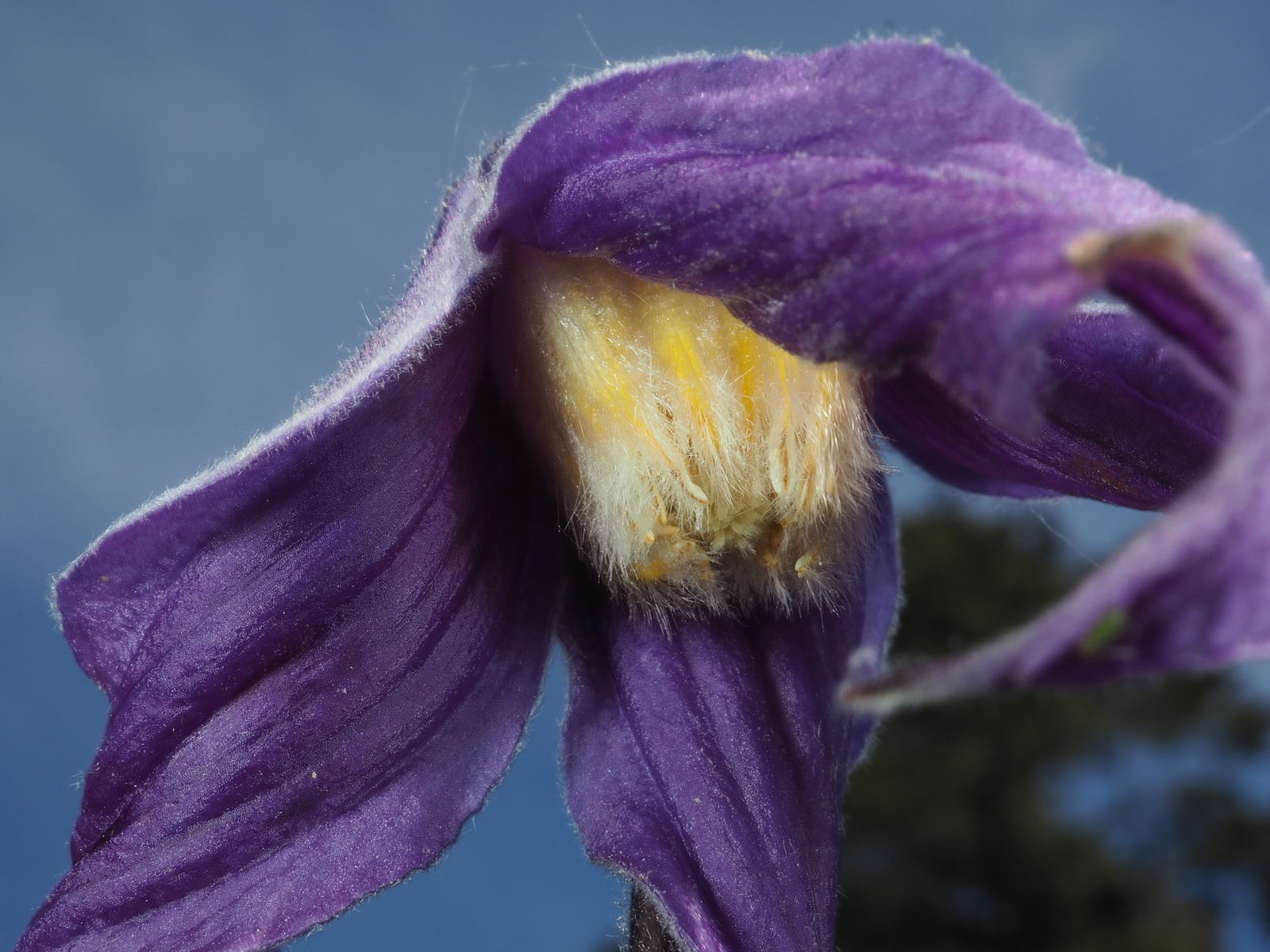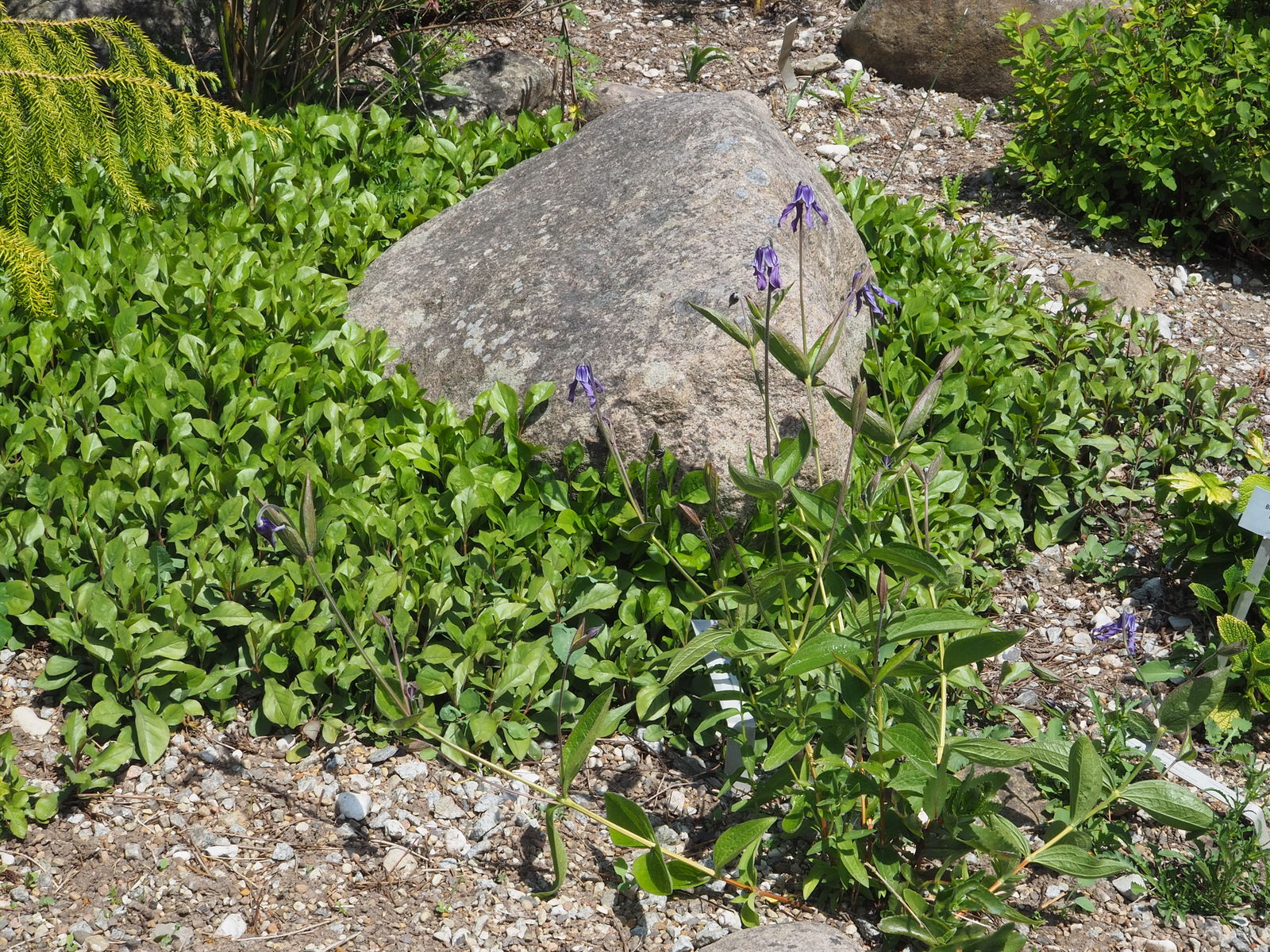Family: Ranunculaceae
Author: L.
Bibliography: Sp. Pl.: 544 (1753)
Year: 1753
Status: accepted
Rank: species
Genus: Clematis
Vegetable: False
Observations: C. & SE. Europe to Xinjiang
Description
Solitary clematis, scientifically known as Clematis integrifolia, is an enchanting and resilient plant belonging to the Ranunculaceae family. Initially documented by Carl Linnaeus in his seminal work “Species Plantarum” published in 1753, this species has captivated botanists and gardeners alike for centuries.
Native to Central and Southeast Europe, extending its reach to the vast landscapes of Xinjiang, the solitary clematis thrives in diverse climatic conditions. This hardy perennial is celebrated for its unique, solitary blooms—a departure from the more commonly known vining clematis species. Its delicate flowers, often nodding gently on slender stems, add a touch of elegance to any garden setting.
The blooms of Clematis integrifolia are a sight to behold. Typically, they appear in hues ranging from deep purples and blues to elegant whites, with each petal showcasing a natural grace and beauty. The plant’s foliage, consisting of lance-shaped leaves, complements its floral display, offering a lush, green backdrop that enhances the vibrancy of its blooms.
Ideal for both novice and experienced gardeners, the solitary clematis is relatively low-maintenance. It prefers sunny to partially shaded areas and thrives in well-drained soil. Due to its non-vining nature, this clematis is well-suited for garden beds, borders, or as a stunning ground cover. Additionally, it can be paired with taller plants to create layers of color and texture in garden designs.
Beyond its aesthetic appeal, the solitary clematis is also valued for its ecological contributions. Its flowers attract pollinators such as bees and butterflies, supporting the local ecosystem and promoting biodiversity.
Whether planted in a cottage garden, a formal landscape, or a wildflower meadow, Clematis integrifolia stands out as a versatile and enchanting choice. Its blend of beauty, resilience, and ecological benefits makes it a cherished addition to gardens and natural spaces across its native and introduced ranges.
Common Names
Deu: ganzblättrige waldrebe
Swe: helbladig klematis
Fra: clématite à feuilles entières
Nob: klokkeklematis
Nno: klokkeranke
Eng: solitary clematis
En: Solitary clematis
Az: Tamyarpaq ağəsmə
Be: Павойнік суцэльналісты
Bg: Целолистен повет
Zh: Quan yuan tie xian lian, 全缘铁线莲
Cs: Plamének celolistý
Da: Blå staudeklematis
Fi: Kellokärhö
Fr: Clématite à feuilles entières
De: Ganzblättrige Waldrebe
Hu: Réti iszalag
It: Clematide a foglie intere
Nb: Klokkeklematis
Nn: Klokkeranke
Pl: Powojnik całolistny
Ro: Clocoței
Ru: Ломонос цельнолистный
Sv: Helbladig klematis
Uk: Ломонос цельнолистный
Synonyms
- Clematis integrifolia subvar. parviflora (Kuntze)
- Clematis integrifolia var. tomentosa (Torr. & A.Gray ex Kuntze)
- Clematis integrifolia var. grandiflora (Regel)
- Clematis integrifolia subvar. incisodentata (Kuntze)
- Clematis integrifolia var. durandii (Hovey)
- Clematis integrifolia subvar. cylindrica (Vatke ex Kuntze)
- Clematis elongata (Tratt.)
- Clematis integrifolia var. rosea (Hovey)
- Valvaria integrifolia ((L.) Ser.)
- Clematis inclinata (Scop.)
- Clematis integrifolia var. normalis (Kuntze)
- Clematis integrifolia var. heterophylla (Regel)
- Coriflora integrifolia ((L.) W.A.Weber)
- Clematis integrifolia subvar. crispiflora (Kuntze)
- Clematis integrifolia var. subglabra (Kuntze)
- Clematitis integrifolia ((L.) Moench)
Distribution
- Albania (native)
- Altay (native)
- Austria (native)
- Bulgaria (native)
- Central European Rus (native)
- Czechoslovakia (native)
- East European Russia (native)
- Hungary (native)
- Kazakhstan (native)
- Krym (native)
- Lebanon-Syria (native)
- Myanmar (native)
- North Caucasus (native)
- Romania (native)
- South European Russi (native)
- Transcaucasus (native)
- Ukraine (native)
- Xinjiang (native)
- Yugoslavia (native)
- Illinois (introduced)
- Sweden (introduced)
Additional Images
Flower
Taken Jun 6, 2021 by Adina Ciobanu (cc-by-sa)
Taken Apr 30, 2021 by Maggy Tarret (cc-by-sa)
Taken Jul 27, 2019 by Pascal Contet (cc-by-sa)
Taken Jul 1, 2021 by laurent vercellino (cc-by-sa)
Taken Nov 23, 2022 by Charlotte vaulet (cc-by-sa)

© copyright of the Board of Trustees of the Royal Botanic Gardens, Kew.

© copyright of the Board of Trustees of the Royal Botanic Gardens, Kew.

© copyright of the Board of Trustees of the Royal Botanic Gardens, Kew.
Leaf
Taken Jun 18, 2020 by romain Flohic (cc-by-sa)
Taken Jun 21, 2019 by aquilla (cc-by-sa)
Taken Jun 17, 2020 by Albrechtová Jana (cc-by-sa)
Taken Jul 4, 2022 by Albano LynLyn (cc-by-sa)
Taken Aug 30, 2022 by Krampl Tomáš (cc-by-sa)
Fruit
Taken Sep 26, 2021 by grutz (cc-by-sa)
Taken May 28, 2022 by manuseitz (cc-by-sa)
Taken Aug 25, 2022 by pflantastisch (cc-by-sa)
Taken Jun 18, 2017 by Yoan MARTIN (cc-by-sa)
Taken Jul 17, 2022 by huy HO (cc-by-sa)
Habit
Taken Jun 18, 2017 by Yoan MARTIN (cc-by-sa)
Taken May 28, 2022 by manuseitz (cc-by-sa)
Taken Jun 16, 2020 by Henkeová Barbora (cc-by-sa)
Taken Jun 18, 2017 by Yoan MARTIN (cc-by-sa)
Taken Aug 30, 2022 by Krampl Tomáš (cc-by-sa)
Other
Taken Jun 9, 2020 by Ha Anna (cc-by-sa)
Taken Aug 4, 2021 by Vitalii🌺Suprun (cc-by-sa)
Taken Apr 19, 2022 by Jim Knopf (cc-by-sa)
Taken Apr 19, 2022 by Jim Knopf (cc-by-sa)
Bark
Taken May 30, 2020 by Julien Vauchel (cc-by-sa)
Taken Jul 22, 2022 by Odile Faure (cc-by-sa)
Sources
- WFO (No URL)
- IPNI (No URL)
- GBIF (https://www.gbif.org/species/6374790)
- POWO (http://powo.science.kew.org/taxon/urn:lsid:ipni.org:names:60366-2)
- PlantNet (https://identify.plantnet.org/species/the-plant-list/Clematis integrifolia L.)
Specifications
Growth habit>: Forb/herb


























